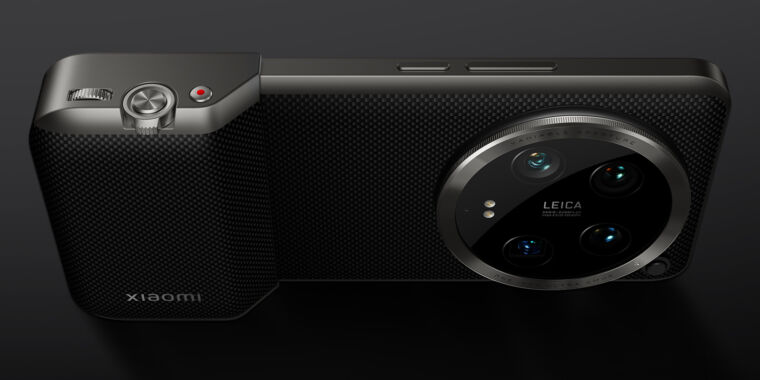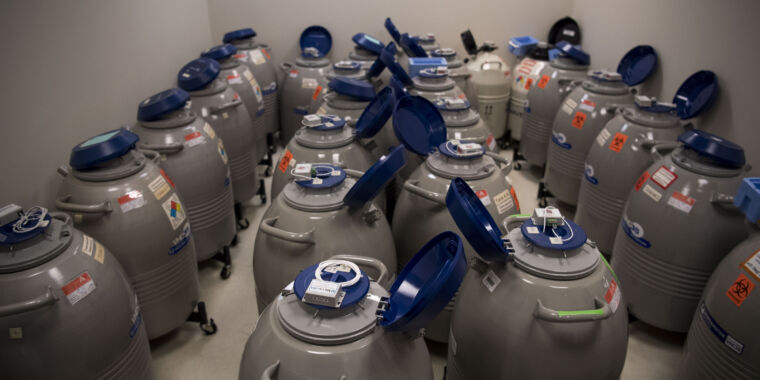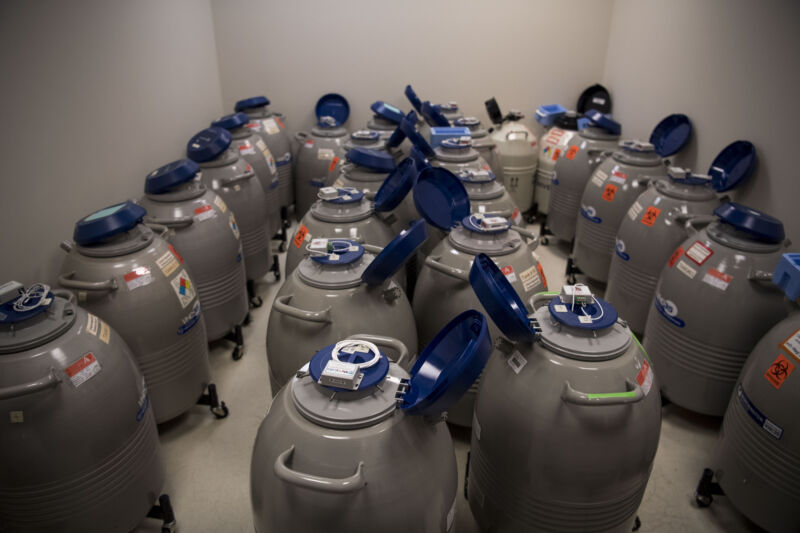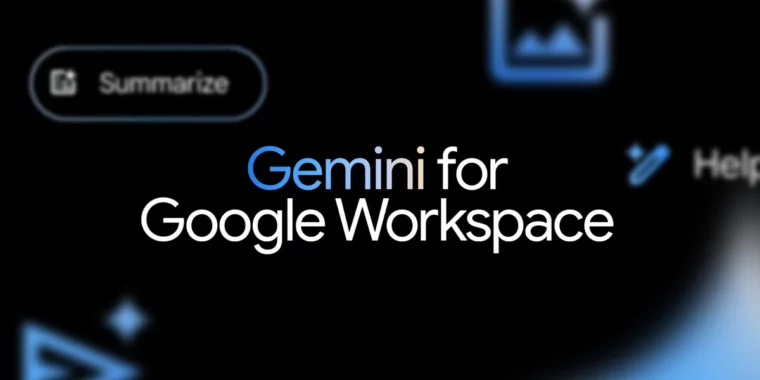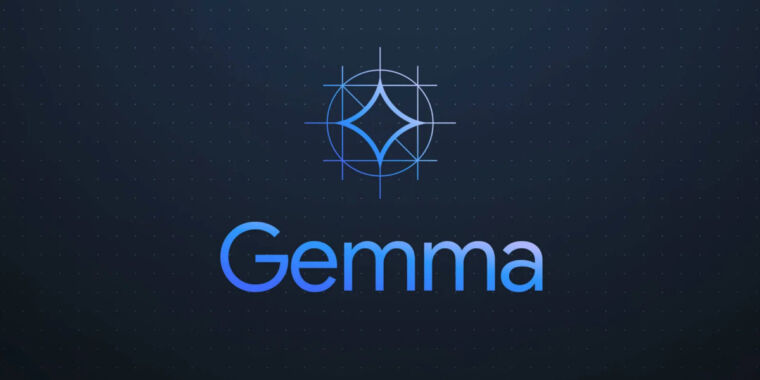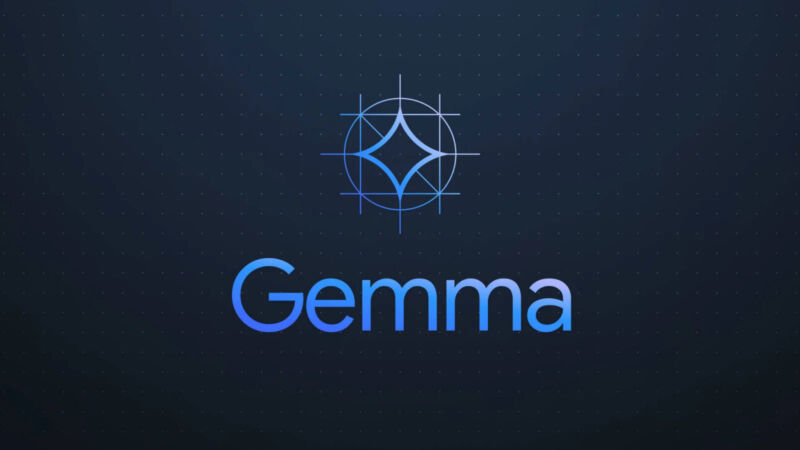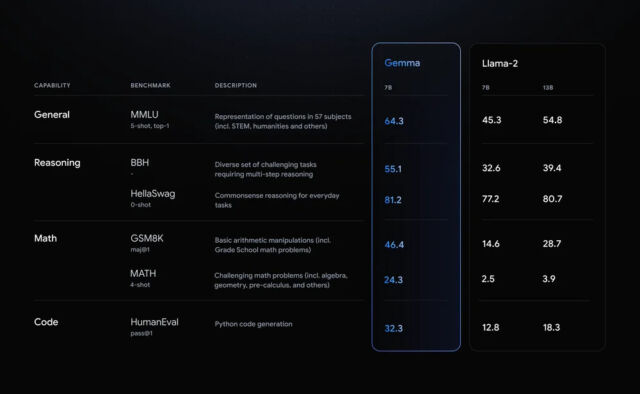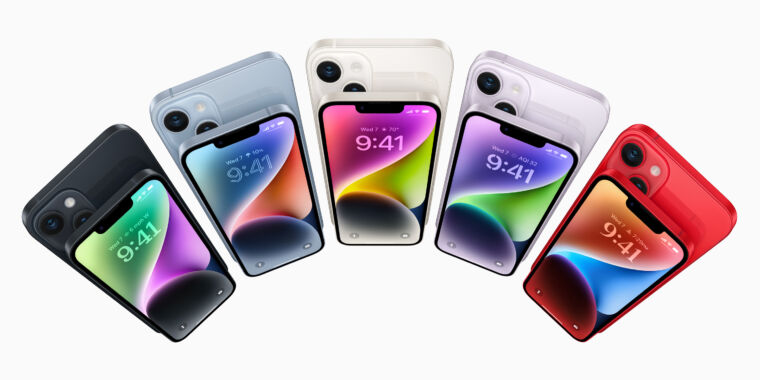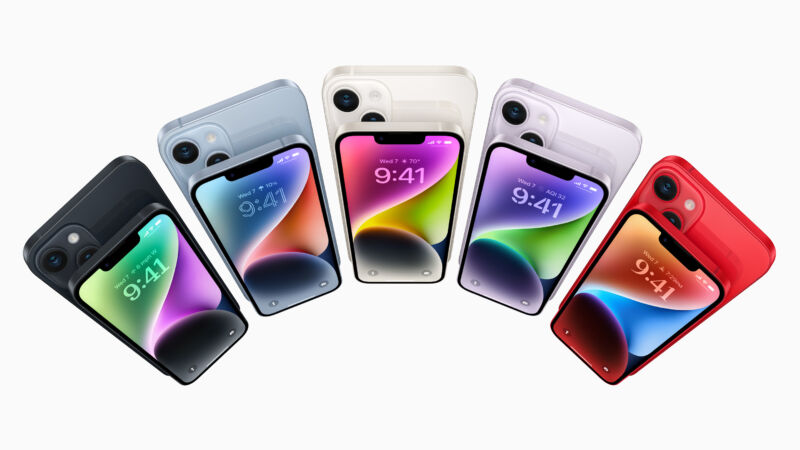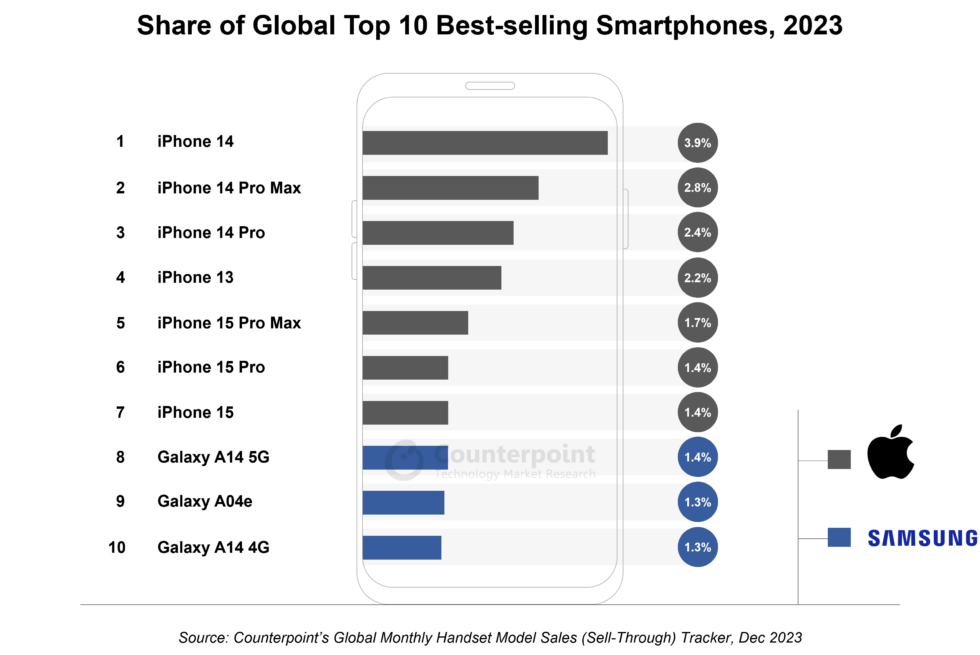The Xiaomi 14 Ultra sports a six-blade mechanical iris in the camera
Have you considered just making the lens bigger —
Xiaomi’s top-tier smartphone is dressed up with lots of “real camera” theatrics.
-
The Xiaomi 14 Ultra.
Xiaomi
-
The phone desperately wants to look like a real camera, with a faux-leather wrapping and big circular camera block.
Xiaomi
-
The camera bump sticks out a lot.
Xiaomi
-
The screen is curved all over, and raised above the aluminum sides.
Xiaomi
-
Another look at the screen. All the glass is way above the aluminum sides, so don’t drop it!
Xiaomi
-
The cooling system.
Xiaomi
-
An interior view.
Xiaomi
Xiaomi’s big Mobile World Congress launch is the Xiaomi 14 Ultra. This is a top-tier flagship that of course is not coming to the US but is available in Europe for a whopping 1,499 euros ($1,624).
Let’s get the specs out of the way: This has a 120 Hz, 3200×1440 OLED, a Snapdragon 8 Gen 3 SoC, 16GB of RAM, 512GB of storage, and a 5000 mAh battery. A proprietary 90 W wired “HyperCharge” will get the phone from 0–100 percent battery in 33 minutes, while a wireless 80 W version will charge the phone in 46 minutes.
Xiaomi is very proud that all four sides of the screen are curved. The whole screen kind of rises up and bubbles out from the aluminum body. Xiaomi says the glass has “deep bending around all four sides and corners, creating a seamlessly elegant curved form.” All images, videos, websites, and apps expect to display on a flat surface, so curved displays serve to distort the picture you’re looking at, and thankfully some manufacturers have started to drop the idea. Having the display be a big glass bubble also means you now have four glass corners on the front of the phone, so uh, don’t drop it!
Just like the Xiaomi 13 Ultra, the whole back design mimics a classic leather-wrapped 35 mm camera—the camera is “Leica” branded, after all. The back is “vegan leather,” aka specially treated plastic (hey, some of those old cameras used fake leather, too!), and the camera lens is a giant circle faintly evoking a normal camera lens.
-
The camera kit gives you a case and a side grip with all sorts of traditional camera buttons.
-
Putting on the grip.
Xiaomi
-
Inside the grip.
Xiaomi
The photography focus features the return of the “Professional Camera Kit,” which makes the phone look even more like a real camera. The kit has two parts; the first is a case that adds a mounting ring around the camera bump, so you can attach a lens cover or camera filter to the camera bump. The other half of the kit is a clip-on camera grip attachment, which adds both a 1500 mAh battery and physical camera controls, like a two-stage shutter button that can trigger auto-focus, a record button, a two-way zoom lever, and a customizable dial. Just like last year, this makes the phone look like a more serious camera, but it’s all just looks—what makes a traditional camera good is the significantly bigger camera lens, and this is still just a regular, very small smartphone camera lens.
The camera theatrics continue with the new six-blade variable aperture for the main camera. Just like a traditional camera, there is a very tiny six-blade mechanical iris in the main lens that can open and close to adjust the aperture of your photo. Last year, Xiaomi had a similar system, but it only used two blades and could only snap between the “blades open” f1.9 mode and the “closed blades” f4.0 mode. With six blades, you get a “stepless variable aperture” that lets you pick any spot in the phone’s f-stop range.
-
The Xiaomi 14 Ultra’s six-blade iris sure does look neat.
Xiaomi
-
A side view.
Xiaomi
-
An explode view.
Xiaomi
This is still a tiny phone camera lens, though, so the f-stop range is very small, just f1.63 to f4.0. On a DSLR, adjusting the f-stop would change the camera’s depth of field, with a narrower aperture letting in less light in exchange for a crisp focus. A wider aperture would give brighter pictures with a smaller focal range, which you can use for blurry background bokeh effects. That’s all on a DSLR though, with a normal f-stop range of like F1.4 to F22. On a smartphone camera, especially when there is tons of software processing, f1.6 to f4 won’t change your images much. Any background blur is still a fake post-processing effect, and it’s hard to imagine a scenario where you wouldn’t just want as much light as possible for your tiny smartphone lens. Samsung tried all this before on the Galaxy S9 and S10 and then dropped the feature because it just wasn’t accomplishing much. The six-blade aperture is probably a triumph of micro-engineering, but in the real world, it’s more of a marketing bullet point.
Despite the fluff, the Xiaomi 14 Ultra is still packing serious smartphone-level camera hardware. The main sensor is a 1-inch, 50MP Sony LYT-900, probably the biggest and best smartphone camera sensor out there. Smartphone pictures are so heavily processed that the software has just as much to do with the hardware (see: every Pixel phone), but Xiaomi did get the best hardware. The other three rear cameras are all 50 MP Sony IMX858 sensors, with lenses for wide-angle, 3.2x telephoto, and 5x telephoto.
Preorders are already open, and the phone will ship on March 15.
The Xiaomi 14 Ultra sports a six-blade mechanical iris in the camera Read More »
